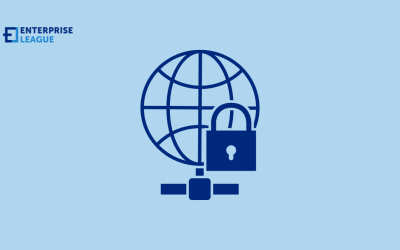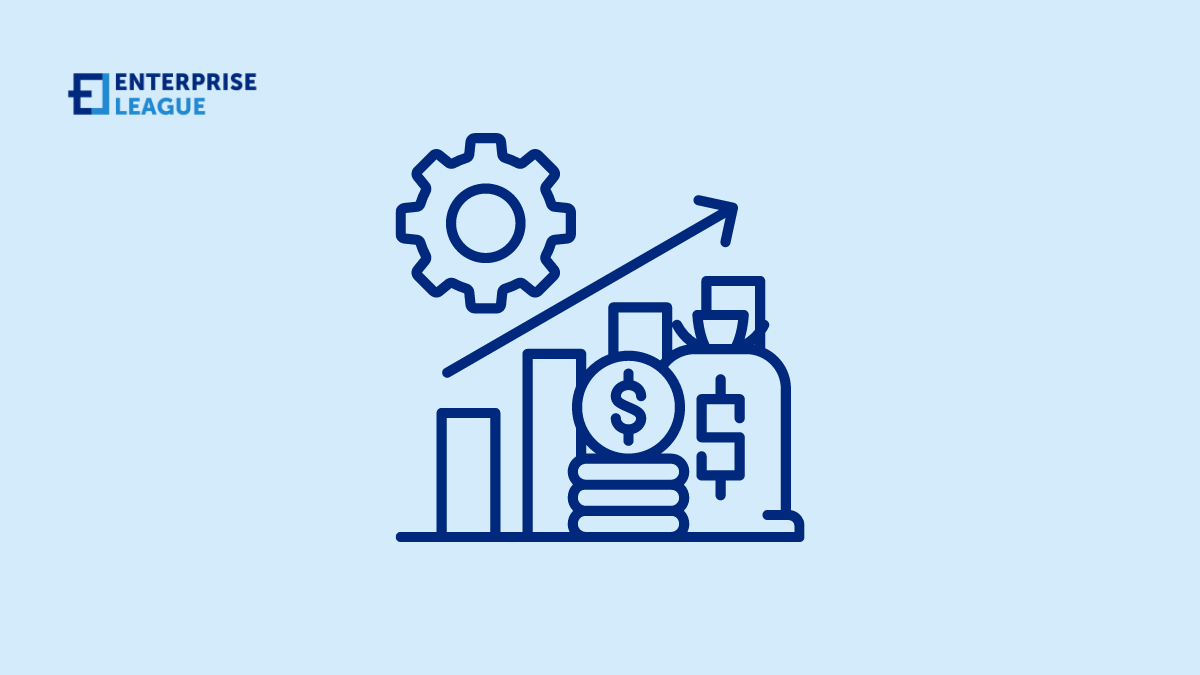Let’s discuss more in depth on how organizations can enhance the security of remote connections in workplace while protecting their company and employees.

Understanding cryptocurrency basics: Advantages, challenges and how it works
Understanding cryptocurrency basics: Advantages, challenges and how it works
August 23, 2024

Cryptocurrency has been the most radical development in financial technology, representing a challenge to the old financial system. Knowing its working, advantages, as well as possible drawbacks, will be important to an enthusiast with financial issues in mind regarding the possibility of their opening up.
The following article explains the basic facts about cryptocurrency, its underlying technology, popular cryptocurrencies and pros and cons of this new class of digital assets.
Popular cryptocurrencies
With the rise of crypto trading platforms and apps such as Best Wallet which allow you to seamlessly buy, swap, receive, and sell cryptocurrencies, the most popular digital currencies among thousands have surged, gaining widespread recognition and acceptance.
- Bitcoin is the first and arguably still the very best, cryptocurrency investment available. It works somewhat like a store of digital value, with the comparison often likened to gold, and is used for such things as making investments, buying online, or even for remittances.
- Ethereum is much more than just digital money. Ethereum offers meme-native land to application developers that are decentralized and powered by smart contracts, in contrast to Bitcoin, which is just a currency. Basically, it is a self-executing contract in which the agreement between entities regarding terms is directly written into code, hence allowing trustless and automated transactions
Other major cryptos include Ripple, which deals in cross-border payments for financial institutions and Litecoin, with quicker settlement times and lower fees one that is often referred to as the “silver” to Bitcoin’s gold. It’s primarily these other big three coins that each have unique selling points and do different things across the wider crypto space.
How cryptocurrency works
At the very core of any cryptocurrency lies blockchain technology a self-decentralized, digital ledger keeping a record of all transactions across a network. Unlike traditional currencies, which are issued and regulated by central banks, cryptocurrencies work on a peer-to-peer approach. This decentralization ensures that no single entity controls the entire network—with improvements in security and transparency as a result.
When a cryptocurrency transaction is made, it gets broadcast over a network. Miners, who are part of this network, validate the transaction through cryptographic puzzles that are tough to solve. The transaction is then placed into a block, appended to the ledger and further added to the blockchain. As a result, a transaction is secured against retroactive changes.
Major reasons why cryptocurrencies gain confidence in their safety lie in cryptographic techniques that provide for secure transactions and controlled emission of new coins. Most cryptocurrencies, bar none, are built upon open-source software, which means that the underlying code is publicly available to everyone for review, thus further enhancing the transparency of the process.
The advantages of cryptocurrency
Cryptocurrencies have compelling benefits that made the growing user and investor base get lured to them. The basic advantages are due to the potential for high returns. Early significant appreciation in Bitcoin’s price and other cryptocurrencies gave huge gains to early adopters, attracting further interest from well-known investors looking for alternative investments.
Another huge benefit is that cryptocurrency is decentralized, meaning it doesn’t need to involve banks or payment processors. This could greatly cut down on transaction costs and speed up transactions, especially for those making cross-border payments. In addition, it will provide financial inclusion to peoples living in areas with limited access to traditional banking facilities.
Other strong selling points for blockchain technology include transparency and security. Since each transaction is recorded on a public ledger, the data becomes really hard to change or manipulate, thus decreasing the risk of fraud in this regard. Moreover, transactions are secure by cryptographic techniques, guaranteeing that users are safe from being identified.
On the other hand, the global nature of cryptocurrencies allows smooth transfer of value across borders, internationalizing their application. Unlike traditional currencies that are bound by the exchange rate and other heavy charges, cryptocurrencies are sent within seconds at a very low cost.
The risks and drawbacks of cryptocurrency
One of the major risks and challenges, despite the many benefits of cryptocurrencies, is the high volatility rate in prices. Though this is what might result in high gains during an appreciating market, it is also the major reason for huge losses. Investors have to be cautious with such changing prices and one should only invest an amount he can afford to lose. As the crypto market continues to evolve and expand, the cryptocurrency community plays a crucial role in helping investors and traders make informed decisions.
Another concern is that there is a lot of regulatory uncertainty in cryptocurrencies. It’s because countries have been handling the situation differently, with some embracing it and others putting harsh controls or bans in place. Regulatory uncertainty may, to some extent, impair the facility of users and any business operating in the crypto space.
Another critical issue to be taken into consideration is security. Blockchain technology in itself is secure, but the exchanges and even the wallets in which cryptocurrencies are stored can be hacked and robbed. There have been quite a few reported cases where cryptocurrency exchanges were hacked and millions of dollars’ worth of assets were stolen.
Their built-in anonymity features have also made cryptocurrencies particularly appealing for money laundering, the purchase of illegal goods and other illicit activities. The fact that regulators and law enforcement authorities have become more interested in them could actually precipitate stricter policy regulations somewhat down the road.
There has recently been some concern at the environmental impact that the mining of cryptocurrencies and Bitcoin particularly, has been having. It is a process that is very energy-requiring and demands enormous amounts of electricity; this is what got largely criticized for its carbon footprint in the crypto community.
The connection between cryptocurrency and blockchain
The two go very close with each other: blockchain is an underlying technology powering most cryptocurrencies. A blockchain is a distributed ledger that records every transaction executed on a network inclusively, safely and transparently. Each block contains a list of transactions, a timestamp, and a reference to the previous block to make an unbroken chain of data. The Blockchain is designed on a decentralized principle: no single entity is in possession of the entire network. In turn, it minimizes the risks for fraud and manipulation.
That is exactly what makes it so transparent and secure, thus providing reasons for its popularity beyond digital currencies. For example, supply chain management, healthcare, and finance. While this is true that all cryptocurrencies depend on blockchain technology, not every blockchain serves cryptocurrency purposes.
From the above information, blockchain can be used in other industries to offer transparency, security, and efficiency, thus, a versatile technology whose uses can be stretched to very industrious dimensions.
Conclusion
Cryptocurrency represents the greatest paradigm shift yet in our thinking about money and, thereby, financial transactions. With an insight into its working mechanisms plus pros and cons people can confidently make their decisions as to whether to get involved in this changing world. Although the future of cryptocurrency is ambiguous, there is clear evidence that this innovation will leave a big mark on the world’s financial system, which also will definitely not remain unmarked.
More must-read stories from Enterprise League:
- Common hiring mistakes that employers make and how to prevent them.
- The importance of customer-focused strategy for your business.
- Learn how to deal with being proffesionally ghosted like an expert.
- Find out everything you need to know about the 10 Ds of entrepreneurship.
- Creative and profitable outdoor business ideas you should be aware of.
Related Articles
How to keep remote connections safe in a modern workplace
Top reasons why the eyewear e-commerce industry is thriving
In this article, we will talk more about the top reasons why the eyewear e-commerce industry is thriving and the reasons behind their success on the market.
5 innovative packaging ideas for valued collectibles
Let’s explore some of the most exciting and creative ways to ensure your prized collectibles are both secure and beautifully showcased for the long haul.
How seasonal trends affect the bandwidth demands of e-commerce sites
Seasonal trends impact e-commerce bandwidth needs with traffic spikes during holidays and sales, requiring scalable hosting to prevent slowdowns and downtime.
Financial planning for entrepreneurs: Building wealth while scaling a business
From separating finances to retirement plans, let’s see how entrepreneurs build personal wealth while scaling their business and secure their financial future.















